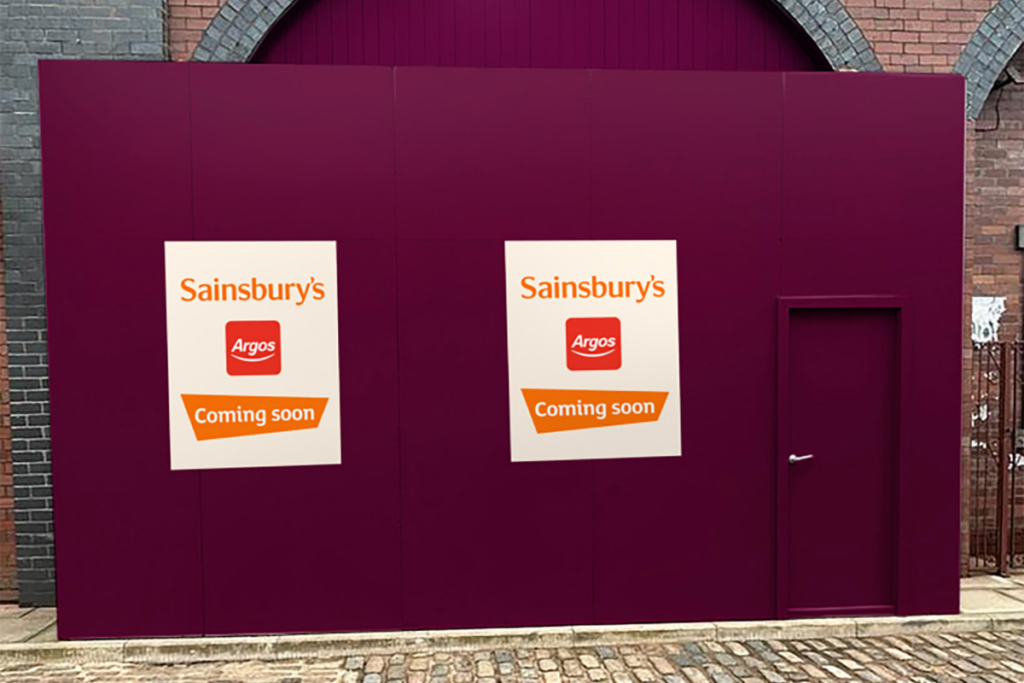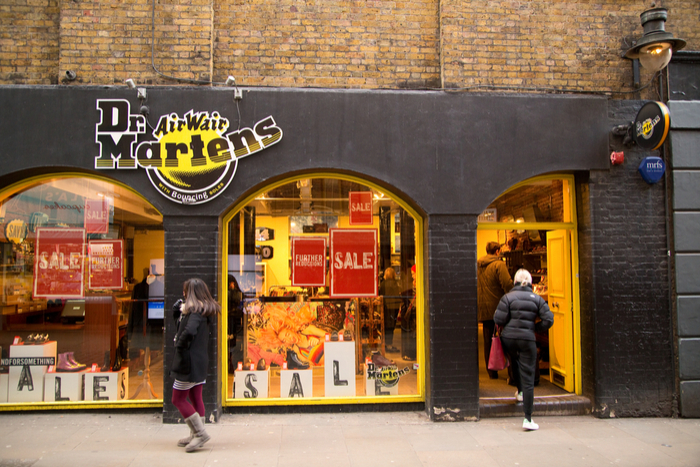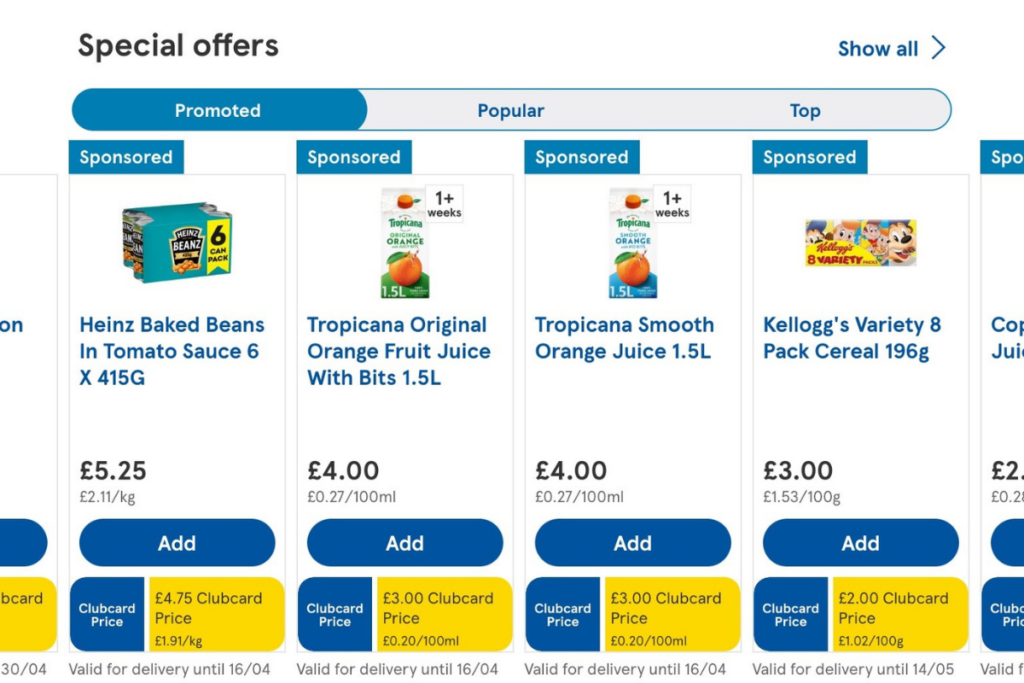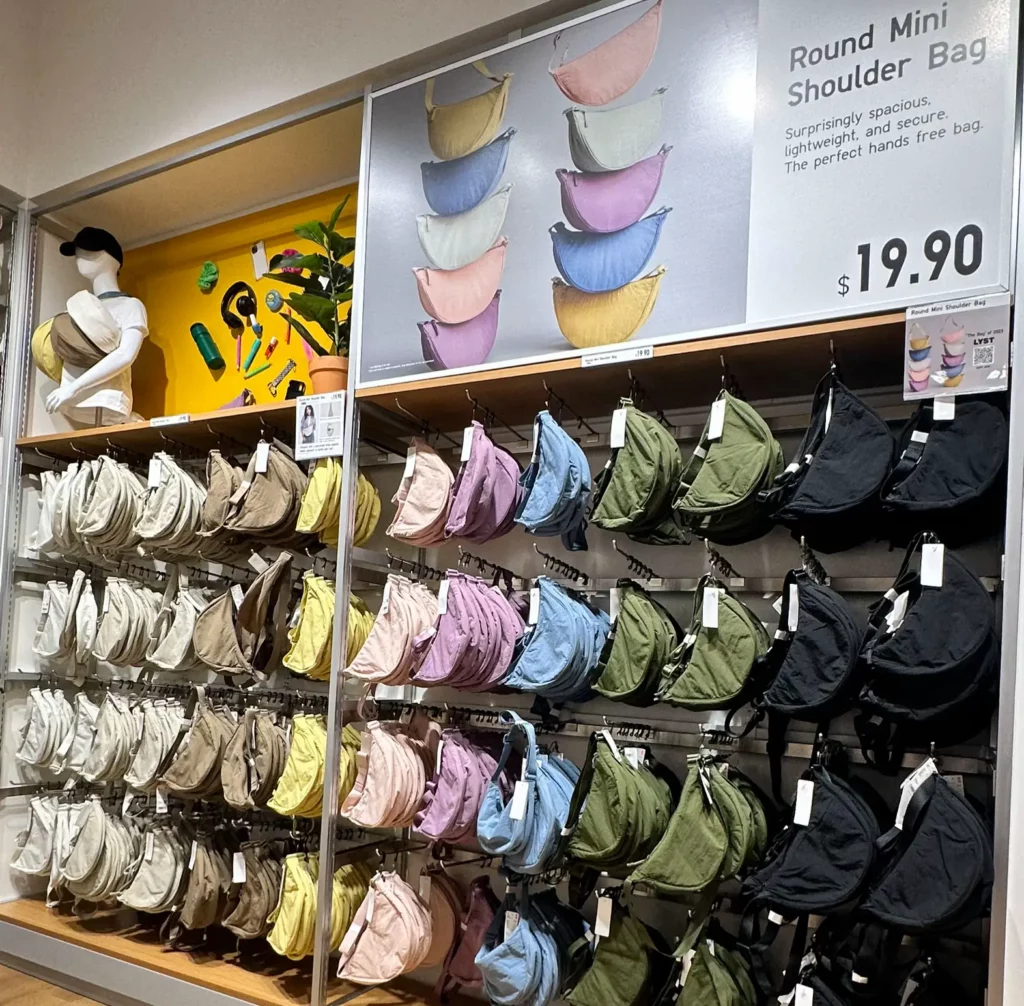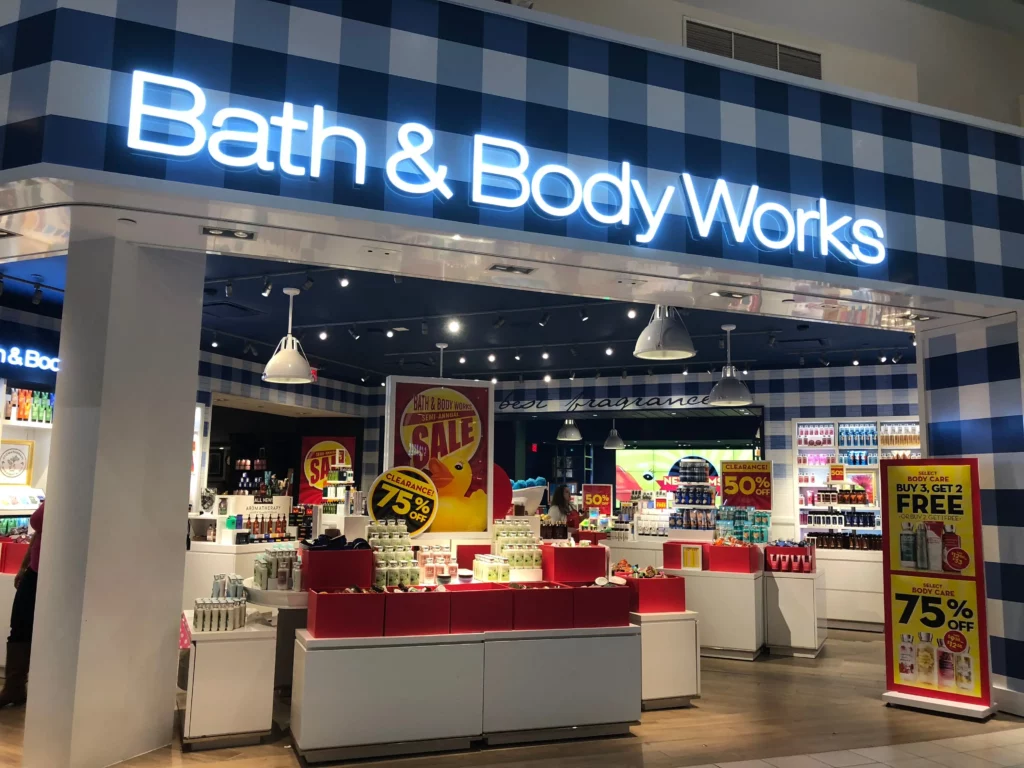There is an increasing convergence between online and offline worlds, as consumers research brands online and buy them in-store, or see a product whilst out shopping and wait to compare prices online at home before making a purchase. Not to mention the fact that there are growing numbers of products and services sold exclusively online. It is therefore vitally important that brands ensure that they give customers the best possible online experience from the moment they arrive at their website through to the point of purchase.
Over the past 12 years, Global Reviews has conducted hundreds of benchmark studies to understand the online customer experience. By looking at the four dimensions of the customer experience, it take into account the scores from both expert reviewers and real consumers‘ activities and insight.
An overall score of 55 per cent indicates that a brand is just adequately meeting customer needs and with only the home insurance market achieving this score, there is a great deal of room for improvement from other sectors.
Room for improvement
To start with, a lot of websites fail to give visitors who have found their homepage or a landing page via a search engine result the right impression. From the first touchpoint, people need to feel assured that a brand meets their needs, is trustworthy and reliable. Does the page they have landed on specifically relate to the result of their search? Does it take them directly to what they are looking for? If not, then they are unlikely to waste valuable time exploring any further.
There are a number of things that brands can do to make sure their website gives the right impression, such as ensuring top landing pages have clear links to product ranges and “what product is best for me?” tools where relevant. The content should also address why users should buy from them.
Asda does this particularly well. Its homepage clearly lays out all the online product ranges, as well as emphasising its “price guarantee” and “saving you money every day” messaging.
Building trust with consumers is absolutely essential and one way of doing this is to provide them with tools or guides to help them compare products and decide between options. This is especially important for brands selling similar products and services with multiple differentiating features, such as consumer electronics.
Again, examples of brands doing this well include Carphone Warehouse with a phone selection tool that enables users to search the hundreds of product options available on price, manufacturer and colour to help narrow their search. Clothing retailer Asos allows users to create their own outfit from their ranges, using a drag and drop tool that even allows visitors to upload images of their own clothes.
Brands also need to make is abundantly clear in their messaging and the content of their websites why people should spend their hard-earned money with them – especially if they aren‘t the cheapest provider. It has been said before, but a website is a brand‘s shop window. As such, it needs to make it crystal clear what the consumer can expect in terms of its offering and service levels, such as guaranteed delivery dates and free returns. Using customer feedback and testimonials can be a powerful validation too.
Fatface, for example, ensures that messages such as “free delivery to store” and “free UK returns”, as well as a reassuring help number with opening hours, appear on every page of its site. Instead of hiding this detail away in a separate section, it provides a subtle but constant reminder of its offering and value throughout the site, especially at key decision points in the customer experience such as the purchase phase.
When users enter an application form or checkout process, they need to be told everything they need to know to enable them to complete the task; if they have to leav
RELATED STORIES



